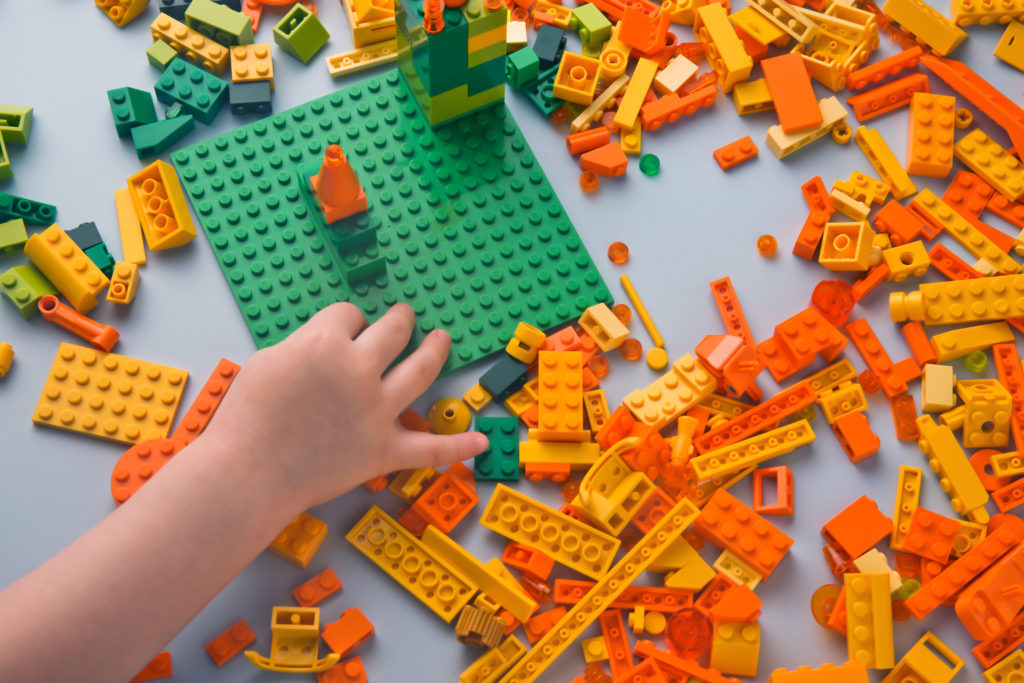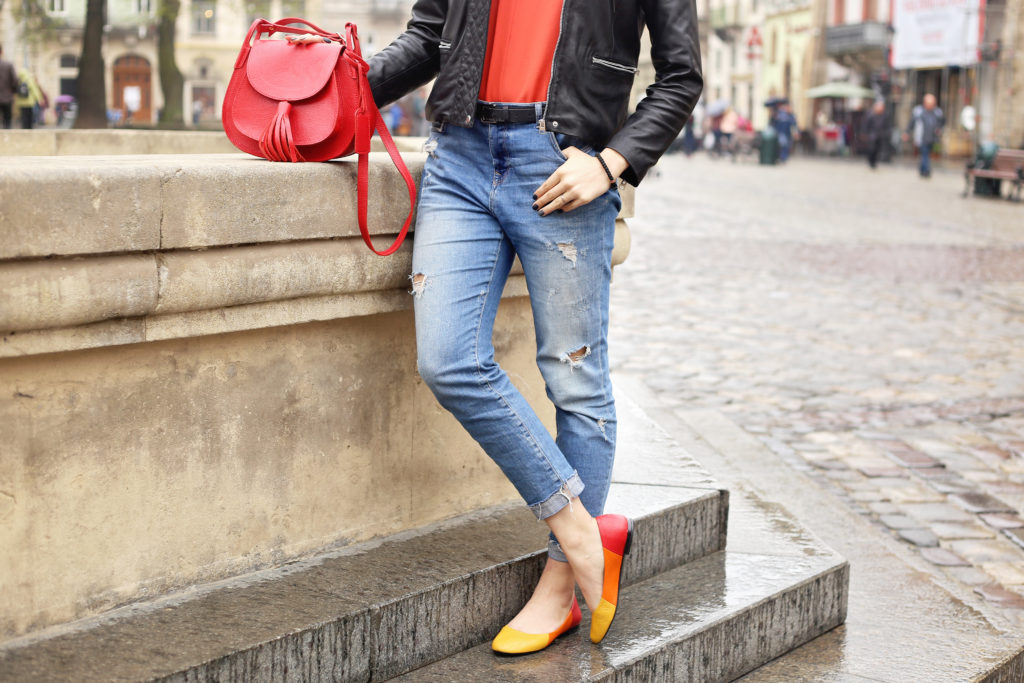Pre-filing Analysis
Maximise your registered design protection from the outset by developing a clear strategy before you file an application

The way in which you show and describe the features of your design is important to ensure you get the right level of protection. Changes generally can’t be made after you’ve filed for registration, so you need to get this right. We can help you to analyse your product carefully to identify those aspects or features that are of the greatest commercial value.
Any analysis you do before filing your application for design registration must be based on a thorough understanding of the law surrounding registered design protection. This will ensure you secure strong and enforceable rights.
Our attorneys can provide this depth of support alongside a comprehensive strategy to protect your design now and in the future. We’ll carefully select the right representations for your application to secure the best possible protection.
To ensure the analysis is thorough, we can conduct pre-filing searches which compare your product to others on the market. This helps identify specific features or distinctive elements of your product design that are worth protecting.
Once we’ve identified which aspects of your product should form part of the design application, we’ll decide on the right combination of representations, which are essentially drawings, diagrams, or photos that depict your product. This is key to obtaining strong registered design protection that will give you the competitive edge.
The EU system allows companies to use a maximum of seven representations for each design. Therefore, it’s vital that you select the right ones. The UK system has no limitations, which may suit a particular product better. For example, products with alternate configurations or movable parts would benefit from the UK approach. Having said that, sometimes less is more. Depending on your product, it may be more advantageous to use fewer representations, and we can help you make that decision.
The UK and EU registered design systems are flexible about the type of representations that can be used to show you design. For example, line drawings, computer-generated images, and indeed photographs are all acceptable. It’s worth remembering that your choice may influence how the designs are interpreted by the courts when it comes to infringement and validity.
To help you make the right choice, we can advise you on the limitations and advantages that various representations may have on your registered design protection. Together, we can help you maximise the value you get from your registered design applications.
Explore designs

Building up EU Design Protection for Modular Systems
Registered designs exist to protect the aesthetic appearance of products, and as such European Community design law was...

Register Your Designs So They Can’t Be Recycled
A recent decision of the UK High Court illustrates reasons why it is often preferable to register your...

Practical Considerations for Registered Design Protection
Registered designs are a cost-effective form of IP protection that enables the physical appearance of a product to...